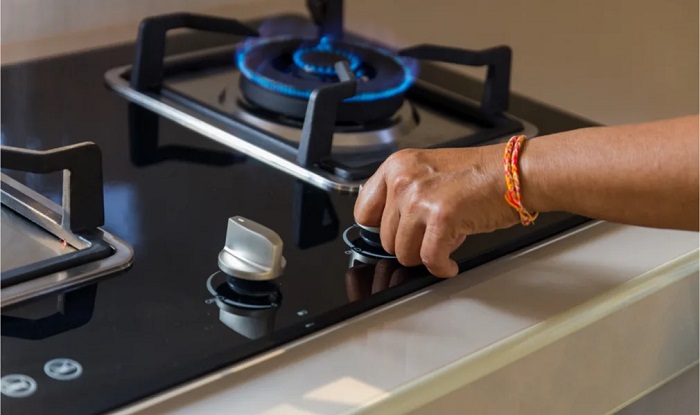Stoves are the backbone of any kitchen, and most households rely either on gas or electric models. Both types have their strengths, but they also present different repair challenges. Understanding how gas and electric stoves differ in operation and maintenance can help homeowners recognize problems early and choose the right solution when repairs are needed.
Gas stoves: common repair issues
- Ignition failure – One of the most frequent problems with gas stoves is when burners won’t ignite. This can be caused by clogged burner ports, food debris blocking the igniter, or a faulty spark module. While cleaning can solve minor blockages, electrical components often need replacement.
- Weak or uneven flame – A steady blue flame indicates proper combustion. If the flame is yellow, flickering, or too weak, it may point to dirty burners, improper air-to-gas ratio, or issues with gas pressure.
- Gas odor – The smell of gas is a serious warning sign of a leak. This may come from loose connections, damaged valves, or cracks in the supply line. Immediate professional service is essential to ensure safety.
- Clicking sound won’t stop – Gas burners typically click when igniting, but if the clicking continues, the igniter switch may be stuck or wet. Drying the switch or replacing it usually fixes the issue.
Electric stoves: common repair issues
- Burners not heating – Electric coils or smooth-top heating elements can burn out over time. If the element doesn’t glow red or heat evenly, replacement is usually required.
- Temperature inconsistency – Faulty thermostats or sensors may cause food to cook unevenly. Replacing these components restores accuracy.
- Damaged surface – Glass or ceramic tops are prone to cracks or scratches. While cosmetic issues don’t affect performance, deeper cracks can pose safety hazards.
- Control panel problems – Modern electric stoves often use digital touch panels. If the panel becomes unresponsive, the control board may need repair or replacement.
Key differences in repair approach
- Complexity: Gas stove repairs often involve gas lines and ignition systems, requiring strict safety precautions. Electric stoves usually involve electrical components and heating elements.
- Cost: Gas stove repairs related to leaks or ignition systems may be urgent and costly due to safety concerns. Electric stove repairs are often simpler, but replacing glass tops or control boards can be expensive.
- Safety risks: Gas leaks pose immediate hazards, while electrical faults can lead to shocks or fires. In both cases, professional intervention is strongly recommended.
When repair makes sense
If the stove is under 10 years old and the issue is limited to parts like igniters, heating elements, or knobs, repairs are usually affordable and worthwhile.
When replacement is the better choice
- The stove is more than 12–15 years old.
- Repairs involve major systems like the gas valve assembly or electronic control board.
- Multiple issues occur within a short time.
Maintenance tips for both gas and electric stoves
- Clean burners and surfaces regularly to prevent buildup.
- Avoid using oversized cookware that can stress heating elements.
- Inspect connections, cords, and hoses periodically.
- Address small issues promptly to prevent larger breakdowns.

